Entry Category: Cities and Towns
Charleston (Franklin County)
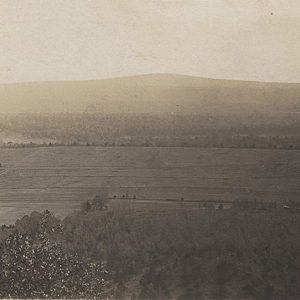 Charleston Area
Charleston Area
 Charleston Baseball Team
Charleston Baseball Team
 Charleston Cemetery
Charleston Cemetery
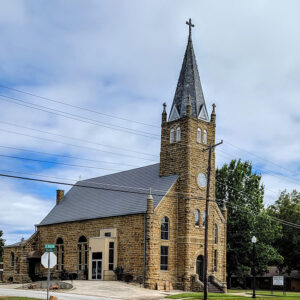 Charleston Church
Charleston Church
 Charleston Church
Charleston Church
 Charleston City Hall
Charleston City Hall
 Charleston Community Center
Charleston Community Center
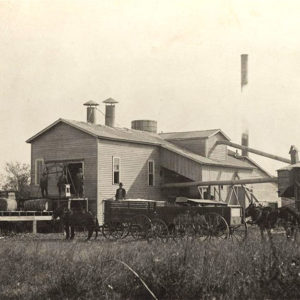 Charleston Cotton Gin
Charleston Cotton Gin
 Charleston Fire Department
Charleston Fire Department
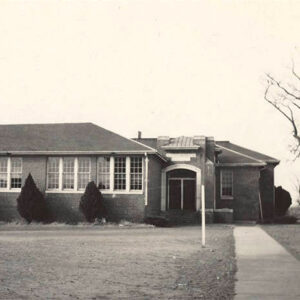 Charleston High School
Charleston High School
 Charleston Home
Charleston Home
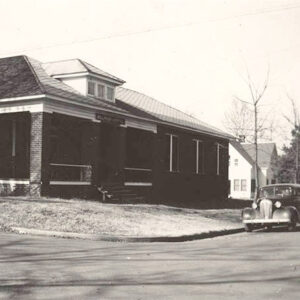 Charleston Hospital
Charleston Hospital
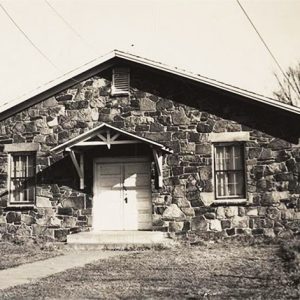 Charleston Legion Hut
Charleston Legion Hut
 Charleston Middle School
Charleston Middle School
 Charleston Post Office
Charleston Post Office
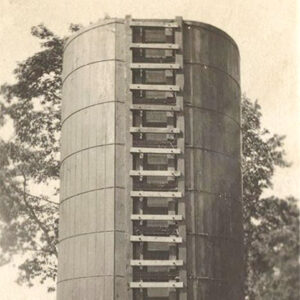 Charleston Silo
Charleston Silo
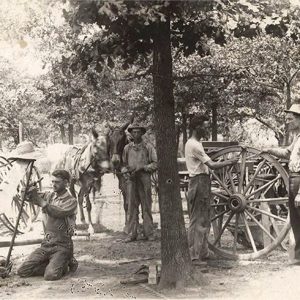 Charleston Smith
Charleston Smith
 Charleston Street Scene
Charleston Street Scene
 Charleston Street Scene
Charleston Street Scene
 Charleston Street Scene
Charleston Street Scene
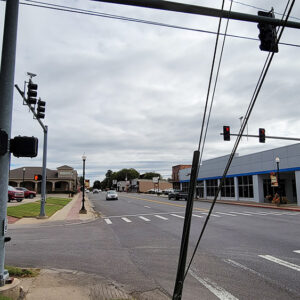 Charleston Street Scene
Charleston Street Scene
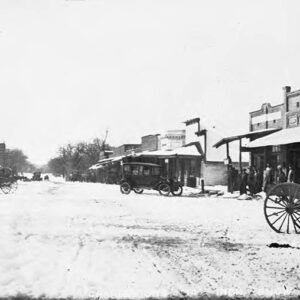 Charleston Street Scene
Charleston Street Scene
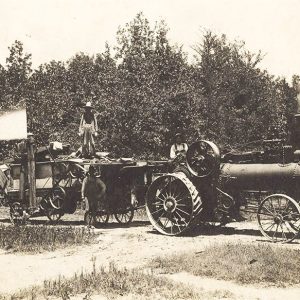 Charleston Thrasher
Charleston Thrasher
Charlotte (Independence County)
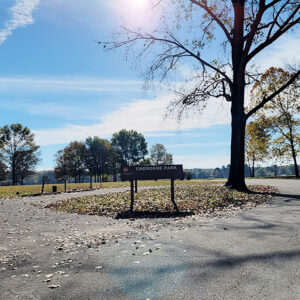 Cherokee Park
Cherokee Park
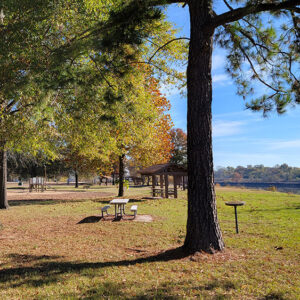 Cherokee Park
Cherokee Park
Cherokee Village (Sharp and Fulton Counties)
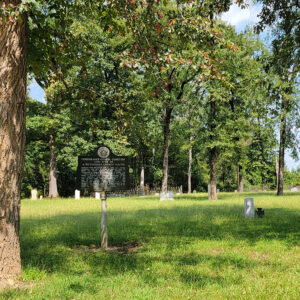 Cherry Cemetery
Cherry Cemetery
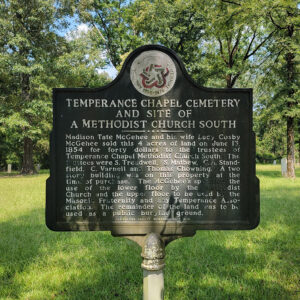 Cherry Cemetery Information
Cherry Cemetery Information
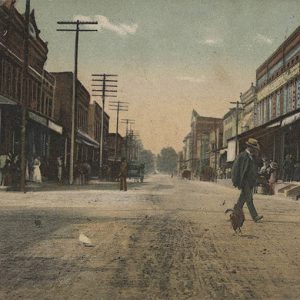 Cherry Street
Cherry Street
Cherry Valley (Cross County)
Chester (Crawford County)
 Chester's Auto Repair
Chester's Auto Repair
 Chicago Mill and Lumber Company
Chicago Mill and Lumber Company
Chickalah (Yell County)
 Chicot Farms Surveyor
Chicot Farms Surveyor
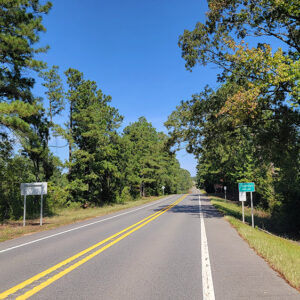 Entering Chidester
Entering Chidester
Chidester (Ouachita County)
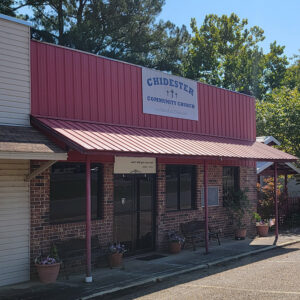 Chidester Church
Chidester Church
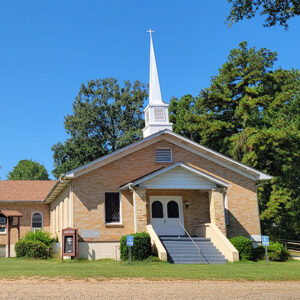 Chidester Church
Chidester Church
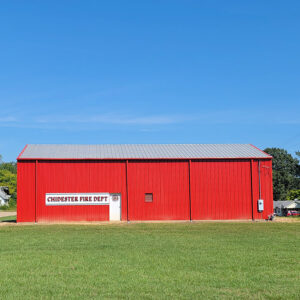 Chidester Fire Department
Chidester Fire Department
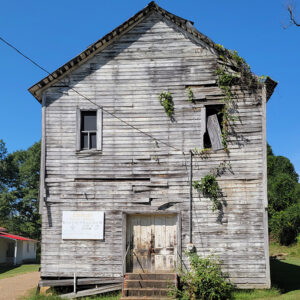 Chidester Masonic Lodge
Chidester Masonic Lodge
 Chidester Post Office
Chidester Post Office
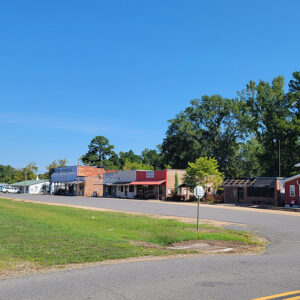 Chidester Street Scene
Chidester Street Scene
 Chidester Street Scene
Chidester Street Scene
 Chidester Street Scene
Chidester Street Scene
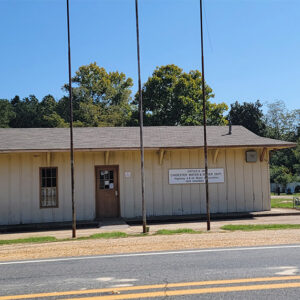 Chidester Utilities
Chidester Utilities




